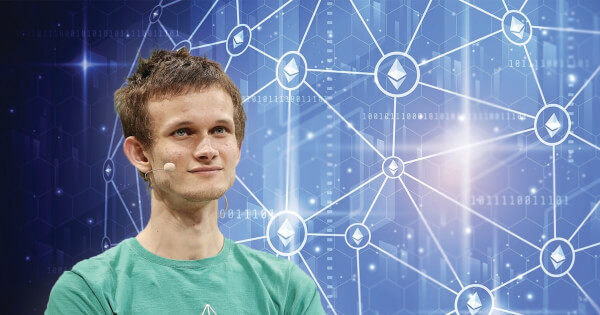Exploring Glue and Coprocessor Architectures in Modern Computation
Lawrence Jengar Sep 04, 2024 03:55
Vitalik Buterin discusses the evolution of glue and coprocessor architectures, highlighting their significance in modern computation, Ethereum, AI, and cryptography.

Vitalik Buterin, renowned for his contributions to the Ethereum ecosystem, recently delved into the concept of glue and coprocessor architectures in modern computation. According to Buterin, a significant trend in computational efficiency is the division of tasks into high-level business logic and intensive structured operations, each optimized differently.
Understanding Glue and Coprocessor Architectures
Buterin explains that computational tasks are often split into two distinct parts: business logic, which is complex but not computationally intensive, and expensive work, which is highly structured and computationally demanding. This separation allows for different optimization approaches: the former requires generality, while the latter demands high efficiency.
Examples in Practice
One prominent example is the Ethereum Virtual Machine (EVM). Analyzing a recent Ethereum transaction, Buterin notes that a significant portion of gas consumption is due to structured operations like storage reads and writes, logs, and cryptographic functions. The business logic, often written in higher-level languages like Solidity, triggers these operations but constitutes a minor part of the total computational cost.
Similarly, in AI applications using frameworks like PyTorch, the business logic is written in Python, a flexible but slow language. The intensive operations, such as matrix multiplications, are handled by optimized code running on GPUs or even ASICs. This pattern is evident in various domains, including programmable cryptography, where heavy computations are optimized separately from the general business logic.
The General Pattern
Buterin describes this architecture as a glue and coprocessor model, where a central component with high generality and low efficiency coordinates data between specialized coprocessors with high efficiency but low generality. This model is increasingly prevalent across different computational fields, including Ethereum, AI, web applications, and programmable cryptography.
For instance, in Ethereum, the EVM handles high-level logic while dedicated opcodes and precompiles optimize specific operations. In AI, Python code structures the operations, while GPUs execute the intensive tasks. This trend is driven by several factors, including the limits of CPU clock speeds, the negligible computational cost of business logic, and the clearer identification of essential expensive operations.
Implications and Future Directions
The glue and coprocessor model implies that blockchain virtual machines like the EVM should focus on familiarity rather than efficiency. Improving the EVM might involve adding better precompiles or specialized opcodes and optimizing storage layouts. In secure computing and open hardware, this architecture could enable the use of slower but more secure open-source chips, complemented by proprietary ASIC modules for intensive computations.
This trend is particularly beneficial for cryptography, where structured computations like SNARKs and MPC can be highly optimized. The separation of business logic and intensive operations allows for significant efficiency gains without compromising security or openness.
Conclusion
Overall, the shift towards glue and coprocessor architectures is a positive development. It maximizes computational efficiency while preserving developer friendliness, enabling sensitive and performance-demanding computations to run locally on user hardware. This trend also opens opportunities for smaller and newer players to participate, as the modular approach lowers the barrier to entry and facilitates collaboration across different computational domains.
For further details, the original article by Vitalik Buterin can be found here.
Image source: Shutterstock.jpg)

